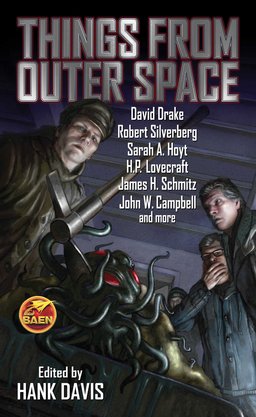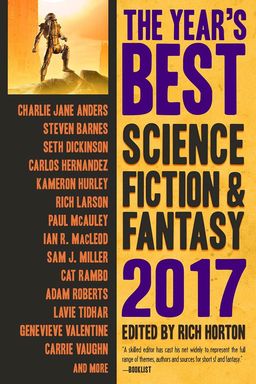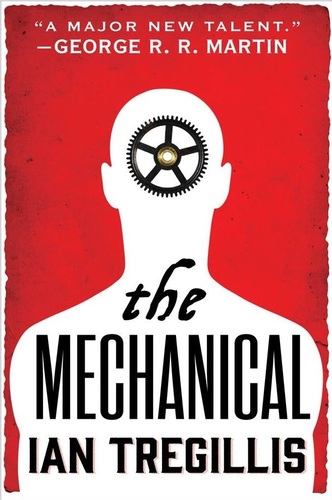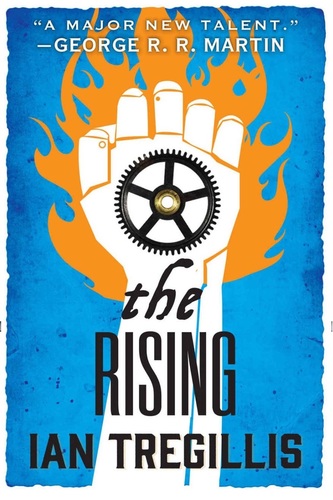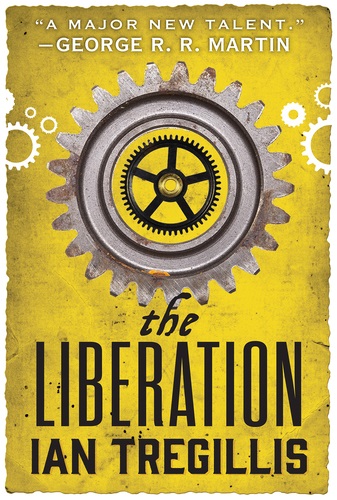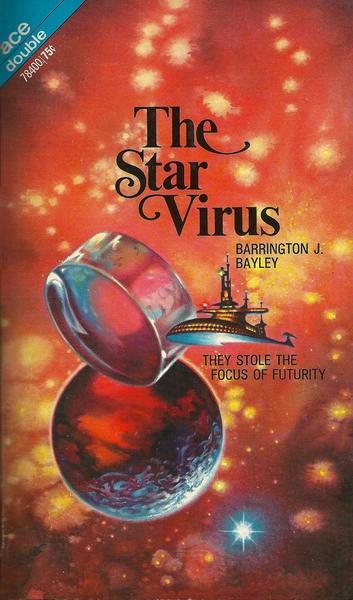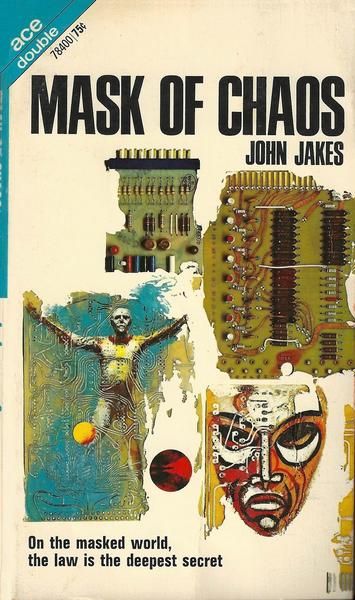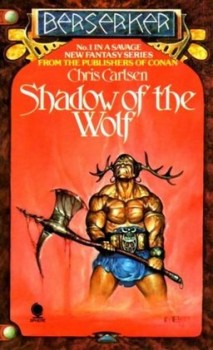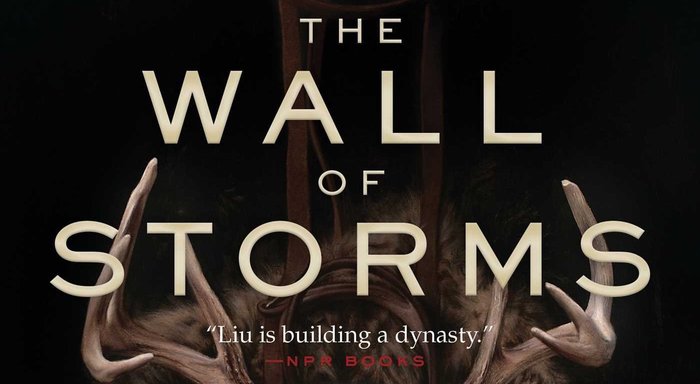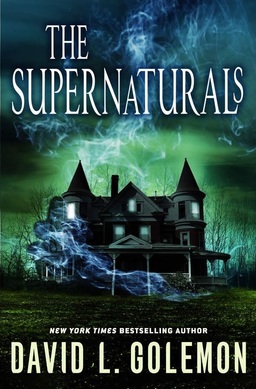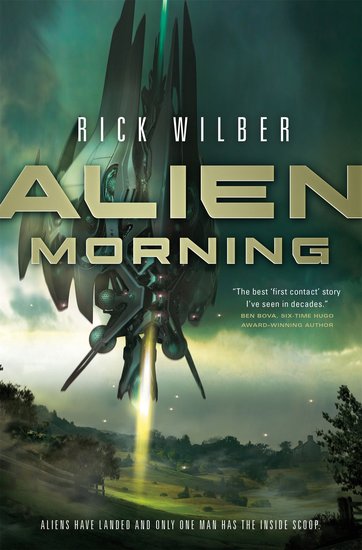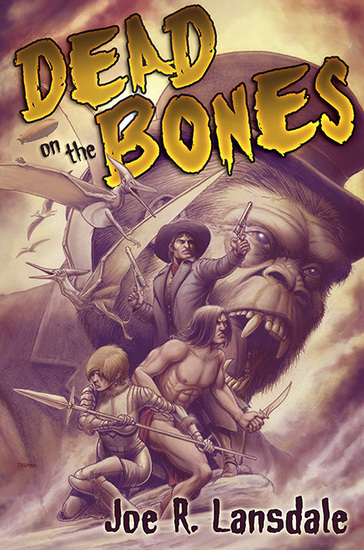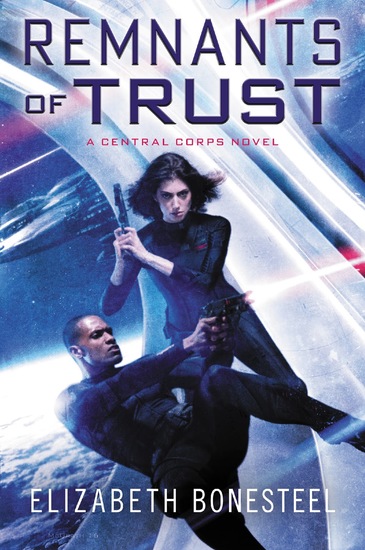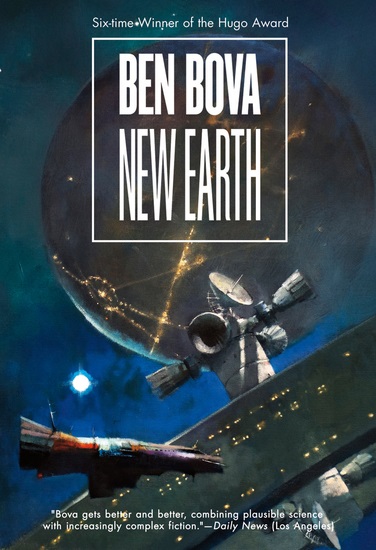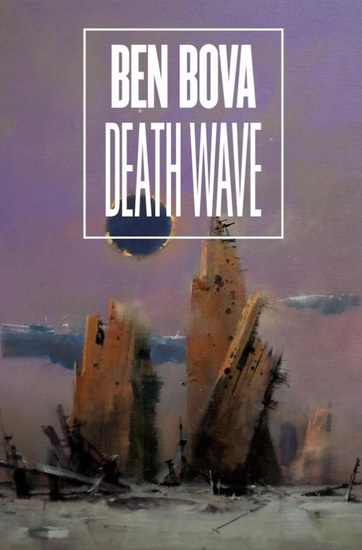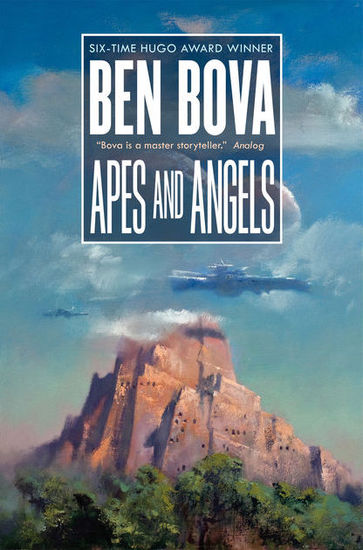Pirates, Golems, and the Dread Queen of the Skies: Tales of the Ketty Jay by Chris Wooding
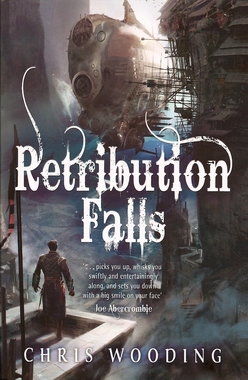 |
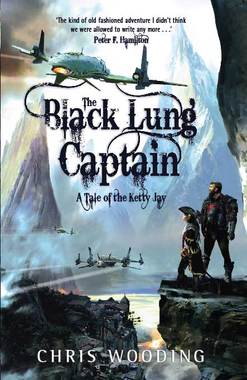 |
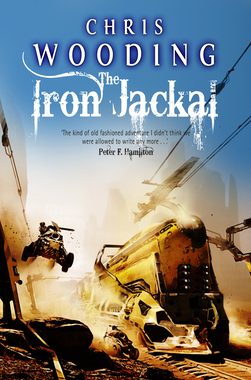 |
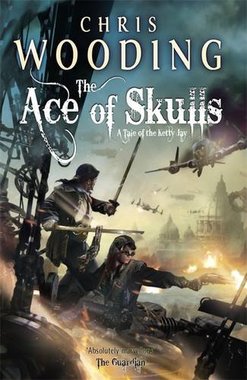 |
Retribution Falls, the opening volume of Chris Wooding’s four-volume Tales of the Ketty Jay saga, was short-listed for the Arthur C. Clarke Award. Pretty auspicious beginning for a steampunk adventure series featuring pirates, sky battles, and armored golems.
The series has been widely acclaimed over the years. Publisher’s Weekly praised its “Beautifully crafted prose and remarkably imaginative scenes,” and SFFWorld called it “One of the best pieces of fun I’ve read in a long while… a whip-cracking pace and with characters you care about.” James Rollins said “Pirates, sky-ships, and golems are just the trappings for a far-flung adventure of stunning imagination and brilliant craftsmanship,” and Peter Hamilton called it “A fast exhilarating read… the kind of old fashioned adventure I didn’t think we were allowed to write anymore, of freebooting privateers making their haphazard way in a wondrous retro-future world.”
The pics above are of the British Gollancz editions, which have better covers than their US counterparts. Here in the US, the first two were reprinted by Spectra with the Gollancz covers, and the last two by Titan, with new covers that have more of a Firefly feel (deliberately, I think).
